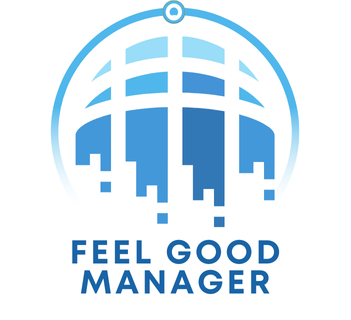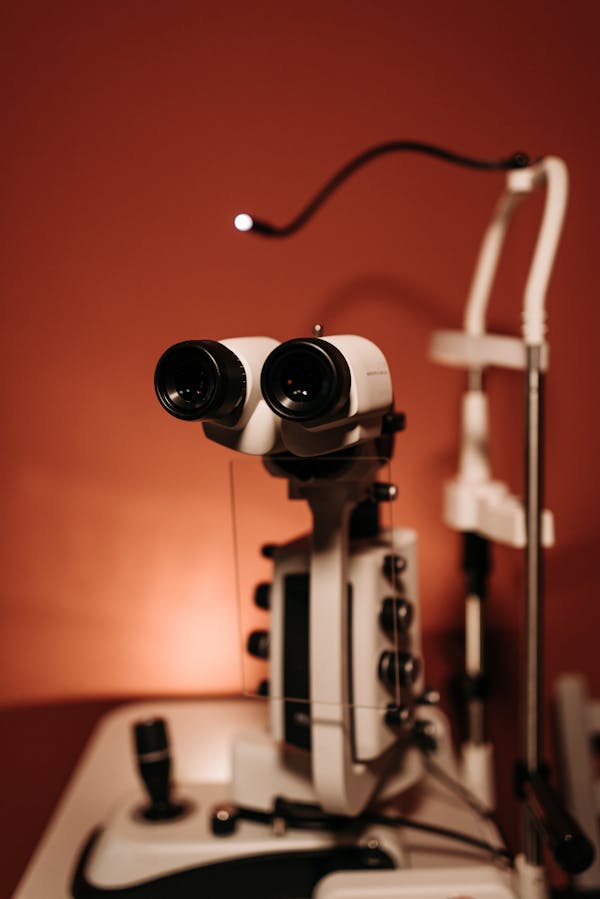Choosing the right automatic lens edger is essential for optimizing efficiency in your optical lab. With various types and features available, finding the perfect fit can be overwhelming. This guide navigates through key specifications, user reviews, and expert insights, equipping you with the knowledge to make an informed choice. Whether you’re upgrading or starting fresh, understanding these tools will enhance your workflow and improve service delivery.
PREMIERE
Unveiling the Efficiency of Automatic Lens Edgers
Automatic lens edgers stand as a cornerstone in optical labs, profoundly altering the landscape of lens processing. These advanced devices streamline the measurement, shaping, and edging processes, significantly enhancing both workflow efficiency and the precision of lens crafting. Using integrated software, they minimize manual intervention, enabling professionals to focus on delivering superior eyewear solutions to a diverse patient base. A hallmark of such edgers lies in their adaptability; they can seamlessly handle a variety of lens materials such as plastic, trivex, and polycarbonate, catering to the specific needs of optical patients.
This might interest you : Step-by-step guide to becoming a portuguese resident non-eu
Adopting state-of-the-art features, modern lens edgers exemplify the marriage of technology and functionality, making them indispensable assets for any optical practice. Providers like https://dss-optical.com/ offer a robust selection of used and refurbished edgers, emphasizing top-notch quality and performance. This commitment to excellence ensures that opticians receive equipment capable of reducing errors and elevating customer satisfaction. As competition in the optical field grows firmer, it becomes increasingly vital to integrate such technologically advanced solutions, enabling optical practices to stay ahead and satisfy rising consumer expectations effectively.
Features and Specifications of Lens Edgers
Essential Features to Look for in Automatic Lens Edgers
Automatic lens edgers have become integral to modern optometry, bringing efficiency and accuracy. Key lens edger features include 3D rendering, automatic processing, and software integration, ensuring precision across diverse lens materials, from polycarbonate to high-index. These features notably improve the lens edging process by minimizing manual errors and supporting complex designs with ease. Popular features in modern lens edgers also emphasize quick adaptability, crucial for varied frames and prescriptions.
Also read : Crafting a Robust Cybersecurity Blueprint for Biotechnology Companies in Manchester: A Step-by-Step Guide
Comparison of Automatic and Manual Lens Edgers
The debate between automatic vs manual lens edgers centers on efficiency, precision, and workflow management. Manual models require intensive labor, lacking in automated repeatability and speed. On the other hand, automatic systems enhance lens edging accuracy and throughput by automating critical stages, which notably reduces patient wait times and increases service quality. The ease of operation in automatic versions marks a significant upgrade, particularly in high-demand settings.
Understanding Lens Edging Precision and Technology Advancements
Modern technological advancements facilitate unmatched lens edging accuracy, ensuring even the most complex prescriptions fit seamlessly. Enhanced by digital software, automatic edgers such as those from brands like Nidek and Essilor employ sophisticated algorithms, ensuring exact curvature and thickness per lens type. Such technologies result in fewer redo jobs and increased customer satisfaction, strengthening any optical practice’s standing.
Buying Guide and Market Options
Checklist for Selecting the Right Automatic Lens Edger
Choosing an automatic lens edger demands evaluating key factors to ensure the best investment. Consider lens edger features such as 3D rendering for precision and adaptability to multiple lens materials. Assess automatic vs. manual lens edgers—automation boasts benefits like reduced errors and enhanced workflow efficiency. Look into the maintenance of lens edgers to guarantee longevity. Verify compatibility if your practice uses diverse frame types. Consider lens edging technology advancements for future-proofing investments.
Overview of Leading Brands in the Market
Prominent lens edger brands like Nidek, Essilor, and Briot are celebrated for their cutting-edge technology and reliable performance. Visionix’s advanced lens edging technology offers precise, high-quality results. Meanwhile, the innovative features of Briot systems, such as virtual 3D lens rendering, elevate accuracy. Suppliers like https://dss-optical.com/ provide both new and refurbished options, catering to diverse budget constraints while ensuring reputable lens edger suppliers’ reliability.
Price Range Analysis and Value for Money Considerations
When comparing lens edger prices, examine the cost in relation to device capabilities, support, and warranty offerings. Automatic lens edgers typically incur a higher initial cost than manual counterparts due to advanced technology. However, the return on investment through increased efficiency and reduced manual labor compensates for initial expenses. Consider multi-function lens edgers for added versatility, offering more value for comprehensive optical practices.
Maintenance and Troubleshooting of Lens Edgers
Essential Maintenance Practices for Longevity
Maintenance of lens edgers is crucial for ensuring long-lasting performance and reliability. Regularly scheduled checks and cleaning routines help prevent common issues, thus enhancing the longevity of your equipment. Best practices for lens edging involve thorough cleaning of the lens chamber and maintaining the sharpness of the edging wheels to avoid costly repairs. It’s advisable to refer to the user manual for specific maintenance guidelines tailored to each model.
Common Issues and Troubleshooting Tips
Despite their efficiency, lens edging machines may encounter issues like misalignment or software glitches. Troubleshooting lens edgers starts with diagnosing alignment problems, often resolved through recalibration. Additionally, software updates might be necessary to fix glitches, ensuring smoother operations. A routine check-up of sensors and motors can prevent major breakdowns and reduce downtime in busy practices.
Strategies for Optimizing Performance and Energy Use
To achieve optimal performance, focusing on energy efficiency of lens edgers is key. Implementing energy-saving modes or features can contribute to significant cost reductions and environmentally friendly practices. Optimizing lens edger performance entails utilizing the latest software updates that enhance speed and precision, guaranteeing accurate results and efficient workflow, ultimately benefiting both practitioners and patients.






